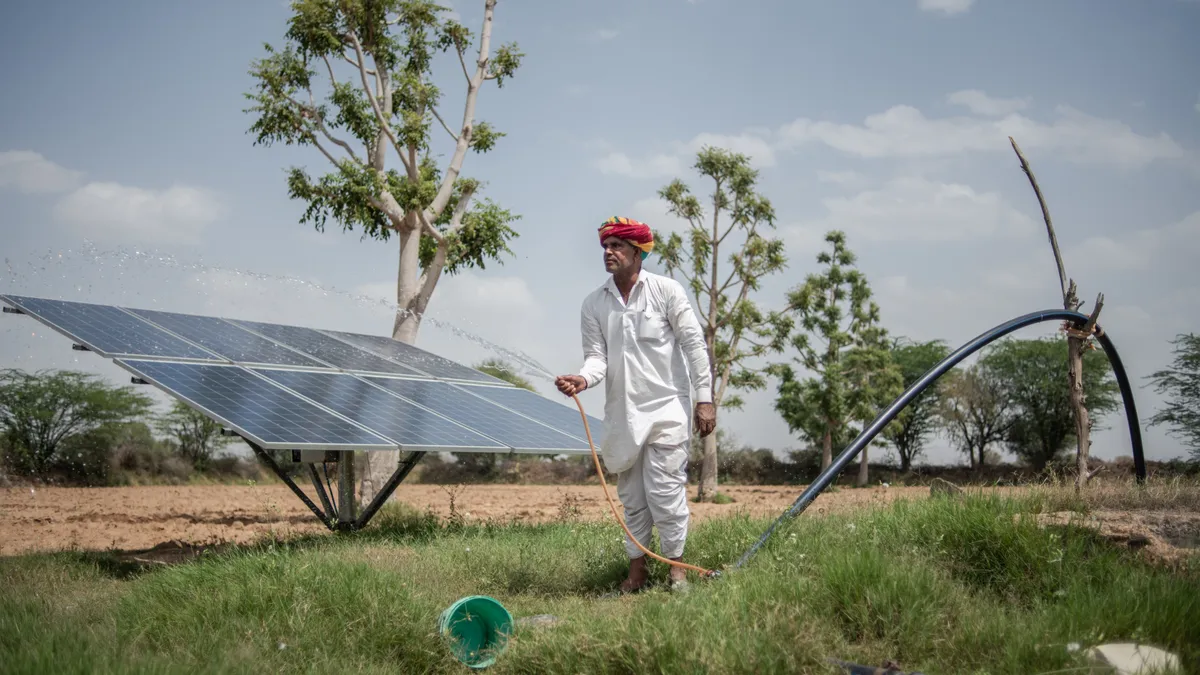More than $1.7 trillion will be invested in clean energy, including renewables, EVs and nuclear in 2023, while slightly more than $1 trillion will be spent on oil, gas and coal, according to projections by the International Energy Agency.
Solar is the “star performer,” with more than $1 billion a day expected to go into solar in investments in 2023, and $380 billion for the year, “edging this spending above that in upstream oil for the first time,” the IEA said in a report released Thursday.
The intergovernmental organization said the increasing speed of the clean energy transition is at risk of creating a global decarbonization gap, noting that more than 90% of the increase in clean energy investment comes from advanced economies and China.
Just five years ago, the spending ratio between fossil fuels and clean energy was one-to-one, said IEA Executive Director Fatih Birol in a Thursday news release. “Clean energy is moving fast — faster than many people realise. This is clear in the investment trends, where clean technologies are pulling away from fossil fuels,” he said.
Despite the surge in clean energy spending, there has also been a global resurgence of spending on oil and gas production due to the profit generated by recent high prices. The IEA projects spending on upstream oil and gas will rise 7% this year, marking a return to 2019 levels and bringing fossil fuel investments to more than double the level they should be by 2030 to achieve global net zero carbon emissions by 2050, according to IEA.
“Global coal demand reached an all-time high in 2022, and coal investment this year is on course to reach nearly six times the levels envisaged in 2030 in the Net Zero Scenario,” the IEA said in its release.
While renewable investment now outpaces fossil fuels, barriers to more deployment include rising costs of associated components like critical minerals and semiconductors during the COVID-19 pandemic, continuing high costs for wind turbines, an aging electric grid and the slow process of permitting.
“Weak grid infrastructure is a limiting factor for renewable investment in many developing economies, and here too, current investment flows are highly concentrated,” IEA’s report said. “Advanced economies and China account for 80% of global spending and for almost all of the growth in recent years.”
China tops the list of global clean energy investors from 2019 to date, IEA said, followed by the European Union in second and then the United States.
However, the financial support that the U.S. renewables industry is receiving from the Inflation Reduction Act is girding the sector for build-out, the report said.
Globally, economic factors are hampering clean energy investment in emerging and developing economies, the report said. These investments are being “held back” by rising interest rates, “unclear policy frameworks and market designs,” financially strained utilities and a high cost of capital.
“Much more needs to be done by the international community, especially to drive investment in lower-income economies, where the private sector has been reluctant to venture,” IEA said in its release.














